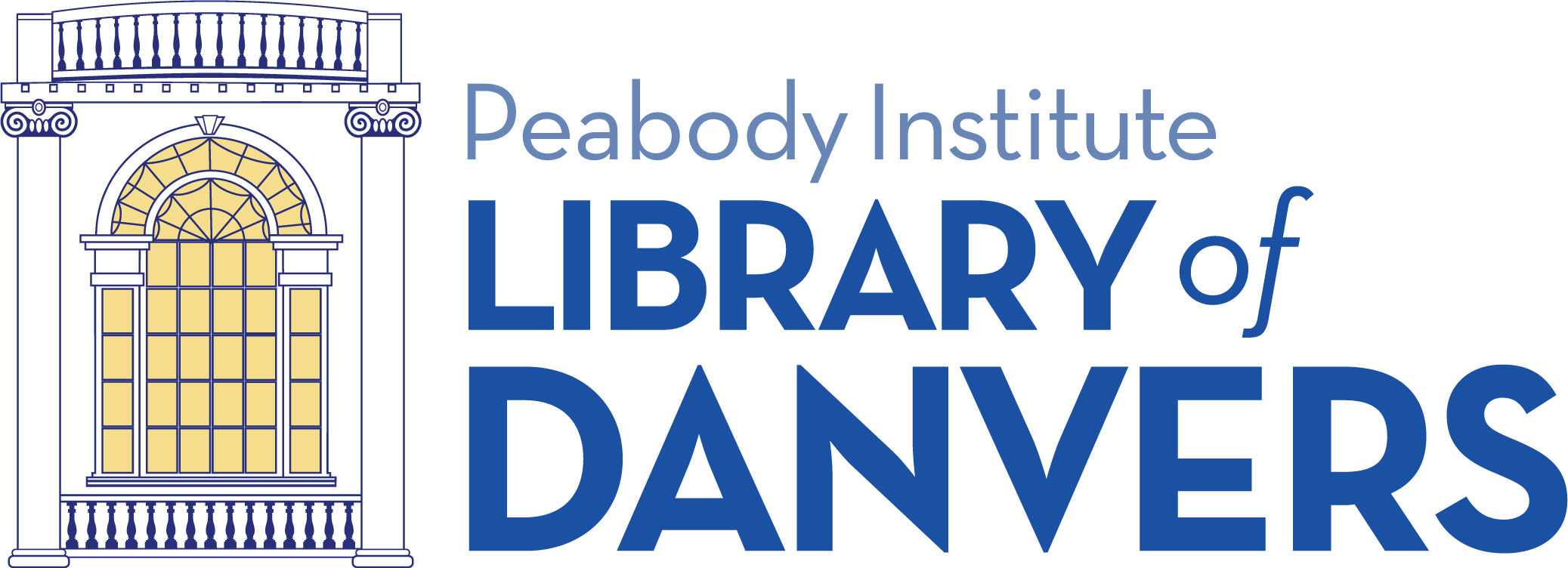Eric Jager’s Blood Royal may not take place at the time of Dumas’ The Three Musketeers (in fact, it takes place 200 years before in 1407) but it would be a good choice for anyone who likes Dumas or French history. It has street fights, mystery and political intrigue. Bonus: It has beautiful descriptions of Paris, and maps to back them up with.
In 1407, Louis Duke d’Orleans was murdered by a group of assassins in a Paris street in the middle of the night. Killing a peer of France was a major crime at any time, however this one was made even worse by the fact that Louis was the brother of the French king Charles VI. Worse still was the fact that Charles VI suffered from repeated bouts of madness, during which France was effectively ruled by Louis. So in one stroke this murder left France potentially ruler-less and on a path to war as a power vacuum developed that local lords attempted to fill. Needless to say, justice was demanded and the Provost of Paris, Guillaume de Tignonville, who was charged with maintaining law and order in the city, went to work on the case.
Blood Royal is the story of that case and its repercussions on French history. What is interesting about this book is parts of it read like a very descriptive history of Paris and France in the early 1400s. Jager does an excellent job of explaining the complex political situation in France while at the same time giving his reader a taste of daily life. However the parts of the book dealing with the murder read like a modern day crime thriller. Jager takes you into the rooms of the Chatelet, where Tignonville’s Examiners deposed suspects and witnesses, or sends you to walk the streets with his Sergeants. This style requires a lot of really specific descriptions of Paris geography, which he does an excellent job with, and even includes maps so the reader can follow along.

Assassination of Louis d’Orleans by an anonymous artist in the Bibliothèque nationale de France (BnF) -Banque d’images du département de la reproduction
One of the really neat things for me was why Jager was able to write the book he did. Jager uses as one of his main sources what was in effect the police report of the incident. This may seem like an obvious thing to do, but it is almost unheard of when writing history in the late middle ages. The source is a 30 foot long scroll, lost until the 1660s, that details all the actions taken by Tignonville and his underlings and also the testimonies given by witnesses. Every historian working in the distant past dreams of a source like that: one that will tell them what people were thinking and feeling at the time the events happened (not years later, which is what you usually get); something that will give you a window into the souls of your subjects. In most cases you don’t get it. You are left to piece together crumbs of information, supposition and analysis, and hope it makes a cohesive whole. This scroll gives Jager that window, and as a result his narrative has a richness and depth that a lot of other books looking at that time period don’t have.



